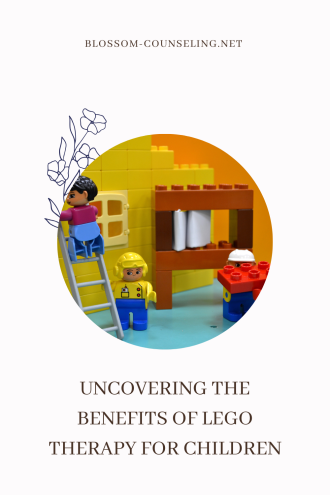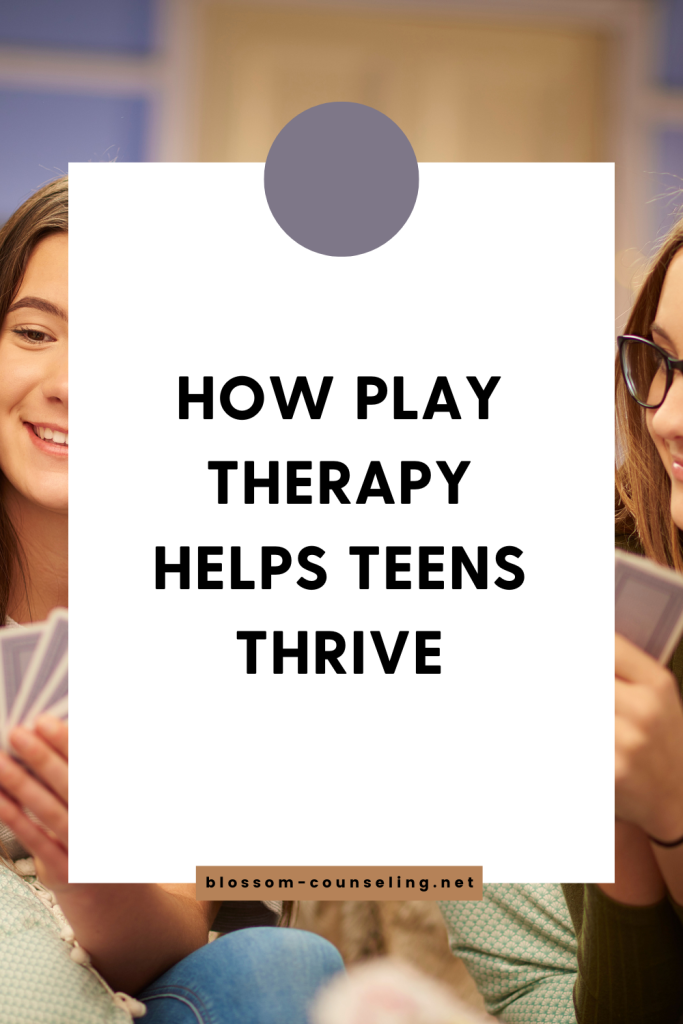
Lego has been a favorite toy for kids and adults alike for generations. It offers endless opportunities for creativity, problem-solving, and imaginative play. However, did you know that Lego can also be used as a therapeutic tool? Lego therapy is a form of play therapy that has been gaining popularity in recent years.
The Concept Of Lego Therapy
Lego therapy is a form of play therapy that uses Lego as a tool to help children with social communication difficulties. The therapy involves a group of three children working together to build a Lego model. Each child has a specific role: the engineer, the supplier, and the builder. The engineer has the instructions and communicates them to the supplier, who then finds the necessary pieces and gives them to the builder. The builder then puts the pieces together to create the model. This process encourages social communication, turn-taking, collaboration, and problem-solving.
How Lego Therapy Works
Lego therapy works by utilizing the inherent properties of Lego to foster social communication, collaboration, and problem-solving skills. By working together to build a model, children are encouraged to communicate with each other to complete the task. Each child has a specific role, which helps to develop their sense of responsibility and cooperation. The engineer role encourages the child to give clear instructions and communicate effectively, while the supplier role helps to develop their ability to listen and follow directions. The builder role requires the child to use problem-solving skills to complete the model, and the group as a whole must work together to ensure that the model is completed correctly.
Benefits Of Lego Therapy
Lego therapy has many benefits for children with social communication difficulties such as autism spectrum disorder, attention-deficit/hyperactivity disorder, or language impairment. Firstly, it provides a safe and fun environment for children to practice social skills. Secondly, it helps children develop their communication and language skills, as they need to listen and communicate effectively with their peers to complete the task. Thirdly, it builds self-esteem and confidence, as children feel a sense of accomplishment when they complete the model. Finally, Lego therapy is a non-threatening way for children to learn and practice social skills, which can be carried over to other areas of their lives.
Lego therapy is a fun and effective form of play therapy that can help children with social communication difficulties. By using Lego as a tool, children can practice social skills in a safe and non-threatening environment, develop their communication and language skills, and build self-esteem and confidence. Lego therapy is a great way for children to learn and practice social skills, and it can have a positive impact on their lives. If you think that Lego therapy could benefit your child, speak to a qualified therapist who can provide more information and guidance.




